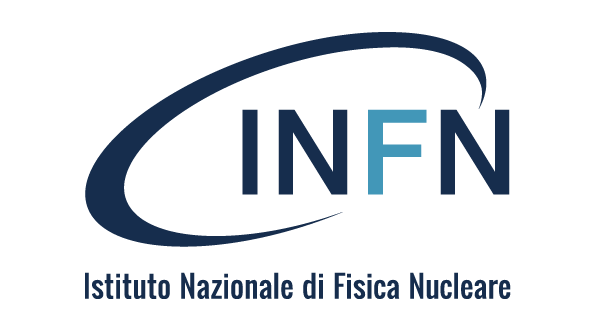PEOPLE
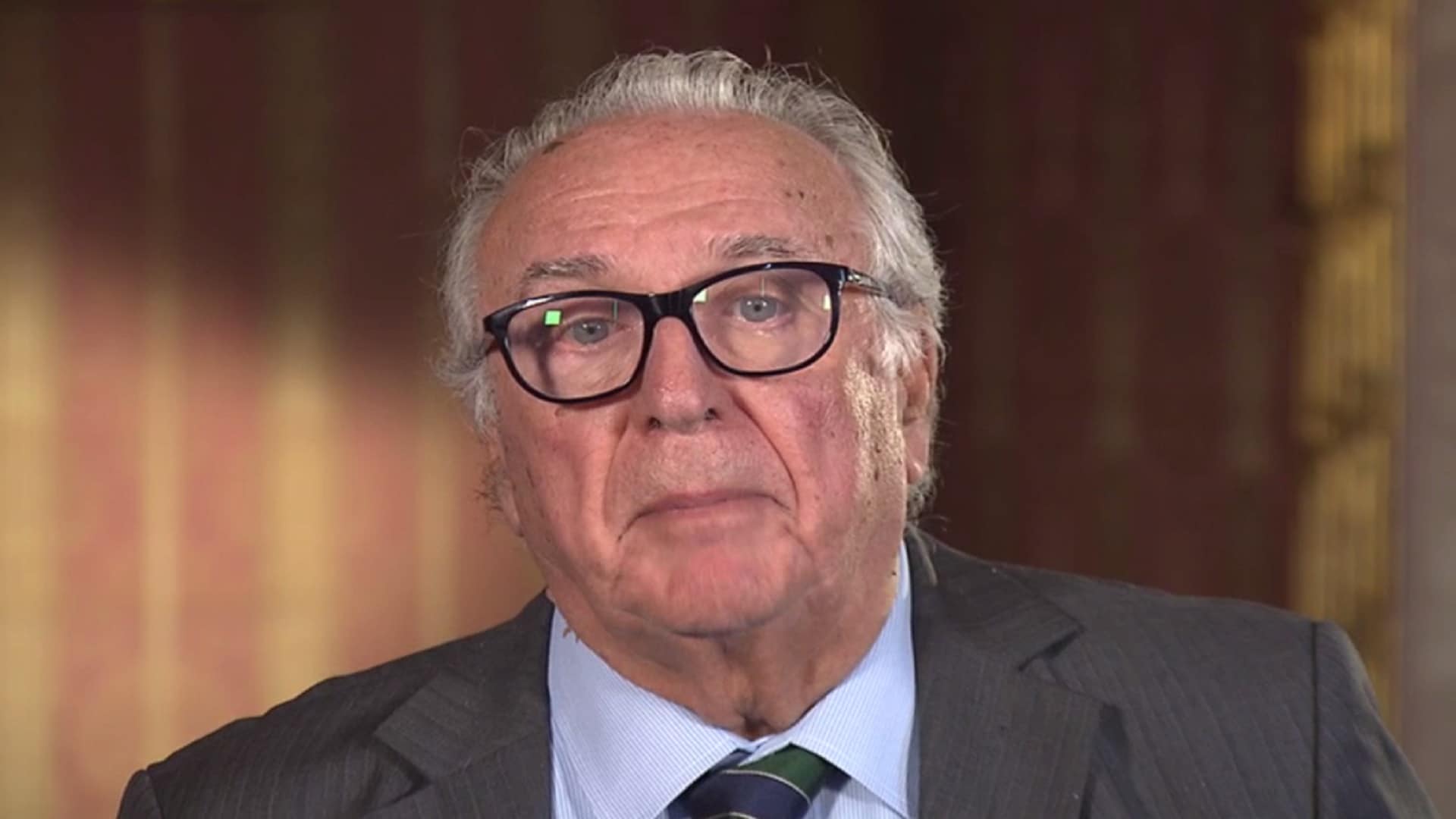
REMEMBERING NICOLA CABIBBO 10 YEARS AFTER HIS DEATH
Interview with Luciano Maiani, Professor Emeritus of Theoretical Physics at the Sapienza University of Rome, national member of the Accademia dei Lincei
On 16 August 2010, Nicola Cabibbo passed away at 75 years old. Cabibbo was a leading figure of one of the most exciting and prolific periods in the history of particle physics: the period between the post-WWI years and the end of last century. These were the years in which the Standard Model took shape: the great theory that is still today the reference for studying the ultimate constituents of matter. The Standard Model is the result of joining and summarising hypotheses aimed at describing the behaviour of three of the four fundamental interactions existing in nature (electromagnetic, nuclear, and weak forces) and of the particles associated with these. In 1963, Cabibbo inextricably linked his name to the Standard Model when he provided a universal explanation for the weak decay of particles, with and without strangeness (strange particles contain a strange quark). He hypothesised that the weak decays of all particles are determined by the transition of a single quark, which is the overlap of the down and strange quarks, determined by a new universal constant, later named “Cabibbo angle”. Cabibbo’s theory satisfyingly explained the data then available, an agreement that, with the improvements in data accuracy, has become increasingly precise. Right from its publication, Cabibbo’s theory was seen as a crucial development in particle physics. Abraham Pais, in his book “Inward Bound”, cites Cabibbo’s theory as one of the most important developments in particle physics since the war. In “History of CERN”, John Iliopoulos writes: “With this work (Cabibbo) consolidated his position as one of the main theorists in the area of weak interactions”. Cabibbo’s mixing idea was then applied to neutrinos by Bruno Pontecorvo, who hypothesised a new phenomenon, neutrino oscillation. Cabibbo’s happy intuition allowed scientists in the following years to first hypothesise and then prove the existence of other types of quarks (charm, top and bottom) and to develop a flavour theory that could include the new particles. Several Nobel Prizes were awarded to those involved in developing the Standard Model, with the exclusion of Cabibbo in 2008; his death in 2010 made this exclusion definitive. This is still a living disappointment for Italian physics. 10 years after his death, on 15 December, the INFN Frascati National Laboratories, the place where this giant of physics started his career, paid homage to Nicola Cabibbo with a symposium dedicated to his memory. Apart from his indisputable scientific merits, Cabibbo’s successes in his role as science manager were also re-traced during the event. He held this role, alongside his commitment to training new generations of physicists, as president of INFN (from 1983 until 1992) and of ENEA (from 1993 to 1998). Thus, he became a reference figure for planning Italian strategic research activities. The testimonies that followed one another in the course of the symposium included that of Luciano Maiani, who was a friend and colleague of Cabibbo, as well as his successor in leading INFN.
Professor, can you share one of your personal memories of Nicola Cabibbo with us?
It would be impossible to choose just one. Having worked with Nicola for so many years, the memories I accumulated are practically infinite. Of course, the best ones relate to the beginning of our collaboration, when he was already a very famous figure within the physics community, while I was a young researcher who had only graduated a few years before. ...
NEWS
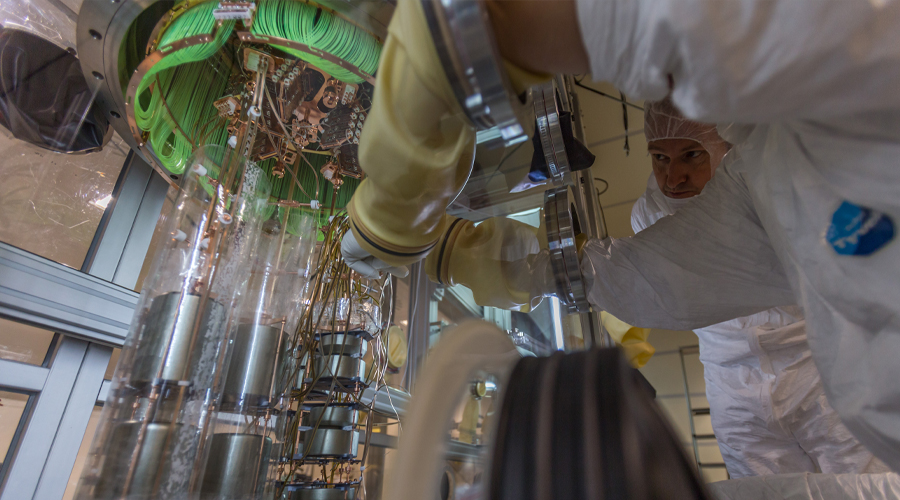
RESEARCH
NEUTRINOS: THE PURITY OF GERDA OPENS THE WAY TO THE EXPERIMENT LEGEND AT THE INFN GRAN SASSO NATIONAL LABORATORIES
The GERDA (GERmanium Detector Array) experiment at the INFN Gran Sasso National Laboratories (LNGS) is investigating the extremely rare process called neutrinoless double beta decay, using a technology based on germanium crystals enriched with 76Ge isotope. ...
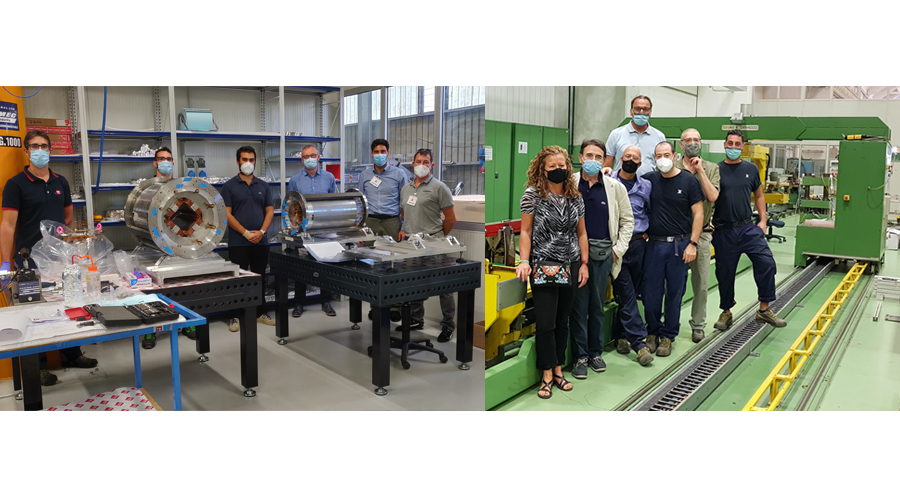
RESEARCH INFRUSTRUCTURES
HI-LUMI LHC: THE FIRST MADE IN ITALY PROTOTYPES FOR FUTURE SUPERCONDUCTING MAGNETS SUCCESSFULLY TESTED
It will be the successor of LHC, at the end of its scientific programme; it will be the biggest particle physics project of the next few years. For its implementation, the INFN scientific community has already been at work for some time with Italian industry. The project is High Luminosity LHC and will strengthen the CERN superaccelerator so as to increase its luminosity - one of the main performance indicators for a particle accelerator. The challenge for its implementation is to develop cutting-edge technology, ...
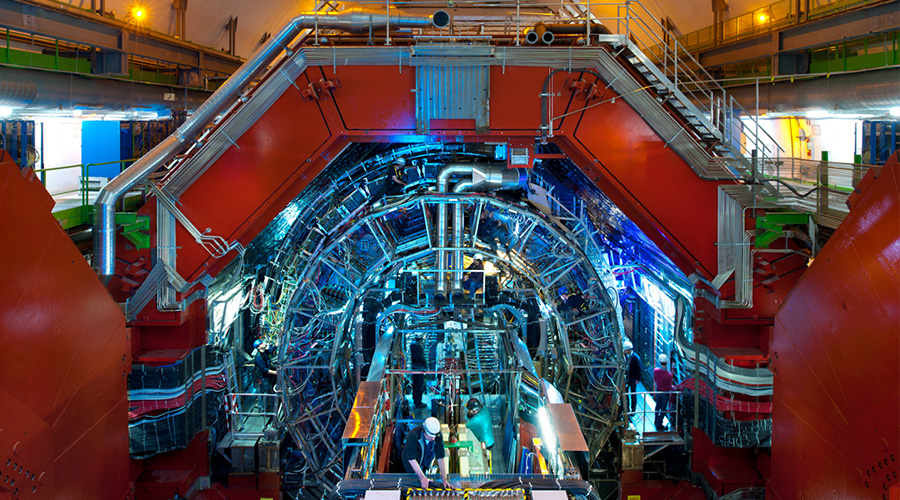
RESEARCH
A NEW MEASURING SYSTEM FOR THE INTERACTION BETWEEN ORDINARY AND STRANGE MATTER
The international collaboration of the ALICE experiment at CERN’s LHC accelerator, to which INFN makes a significant contribution, has developed and applied a new technique for measuring the strong interaction that regulates the interaction between hadrons. Called femtoscopy, because it concentrates ...
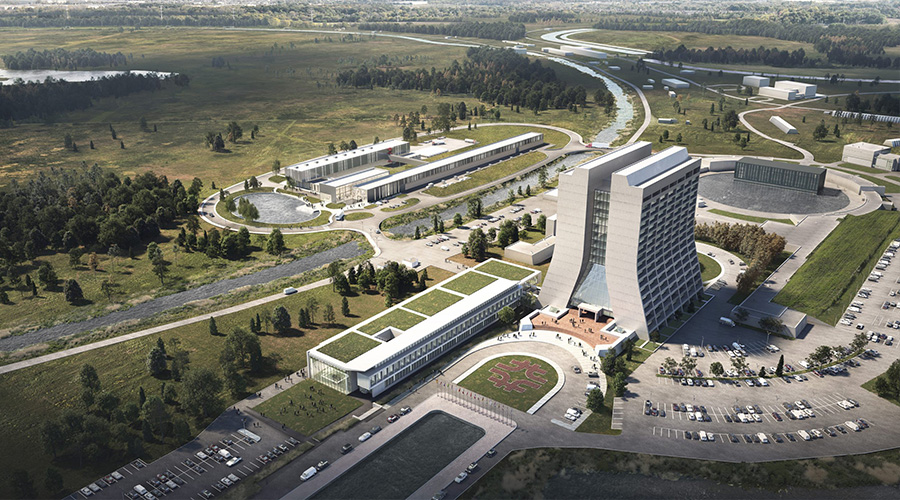
INTERNATIONAL COLLABORATIONS
AN IMPORTANT STEP FORWARD TOWARDS THE FUTURE OF FERMILAB
A new fundamental step has been reached in the achievement of the objectives of the Proton Improvement Plan-II (PIP-II), the upgrade plan of Fermilab, the largest US laboratory for the study of high energy physics. The main goal of the plan, which aims to the construction of a new superconducting ...
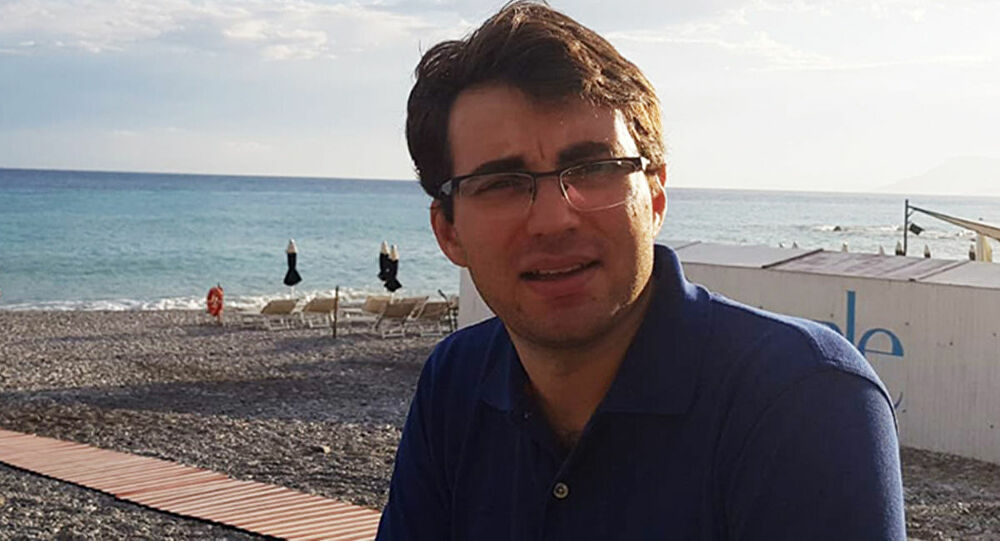
AWARDS
LORENZO BIANCHINI WINS AN ERC CONSOLIDATOR GRANT FOR THE ASYMOW PROJECT
The ERC (European Research Council) has awarded Lorenzo Bianchini, researcher at the INFN Pisa Division, a Consolidator Grant for the ASYMOW project, Power to the LHC data: an ASYmptotically MOdel-independent measurement of the W boson mass, for developing a new methodology for data analysis and calibration techniques for the CMS detector of CERN’s LHC accelerator. In particular, the ASYMOW project, lasting five years, aims to measure the mass of the W boson with unprecedented ...
FOCUS
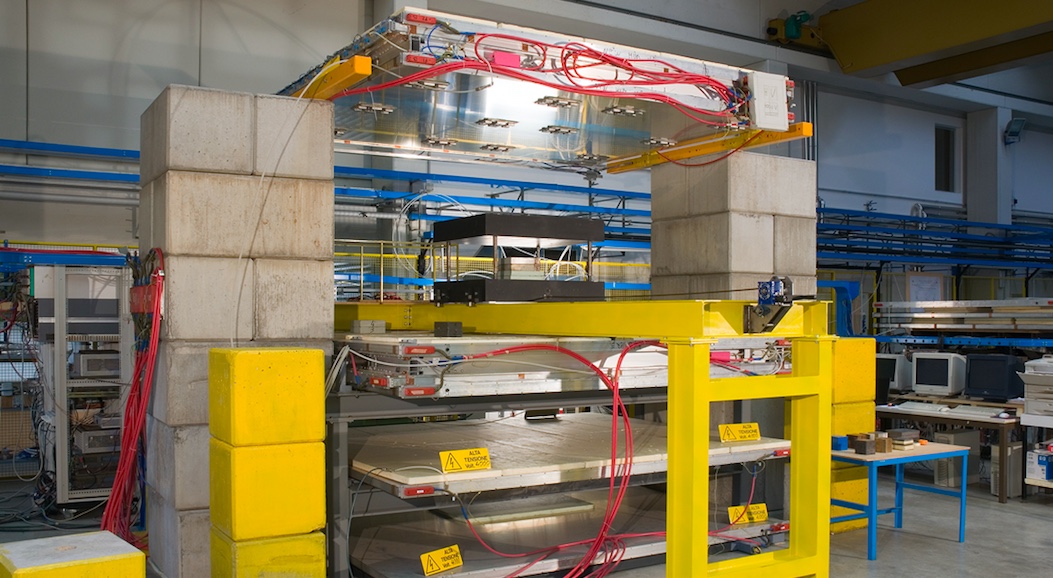 MUTOMCA: A NEW PROJECT WITH MUON TOMOGRAPHY FOR NUCLEAR WASTE
MUTOMCA: A NEW PROJECT WITH MUON TOMOGRAPHY FOR NUCLEAR WASTE
Recreating in total safety a 3D map of the spent nuclear fuel produced by the nuclear power plants in Europe and stored in shielded casks, by using a technology developed from particle physics: this is the task of the MuTomCa (MUon TOmography for shielded CAsks) project. It implies the construction of a muon detector (muons are particles similar to electrons but with a mass about 200 times higher), capable of showing the interior of the shielded casks including the spent fuel assemblies in a very precise tomographic image while operating from the outside. The project is an international collaboration among the INFN, for Italy, the Jülich Research Center (FZJ) and the BGZ Company for Interim Storage, for Germany, and the European Atomic Energy Community (EURATOM). In Europe, there are currently around 1500 casks to which this technology could be applied and the relevance of this issue will increase with phasing out nuclear energy production. Currently, no sufficiently precise method is available for a re-verification of spent fuel assemblies enclosed in thick-walled strongly shielded casks, where the inner fuel assemblies are mostly inaccessible to neutron and gamma ray detection as they are masked by the outer spent fuel assemblies. While X-rays, used in radiographs, cannot cross more than a few tens of centimeters, muons can pass through large thick layers of material, even a few kilometers. This characteristic allows the use of these particles to create three-dimensional images of large structures from the outside and in complete safety. ...
INFORMATION AND CONTACT
Images
cover Nicola Cabibbo
Download the newsletter in pdf format
ENGLISH VERSION | ITALIAN VERSION
INFN - COMMUNICATIONS OFFICE
comunicazione@presid.infn.it
+39 06 6868162
EDITORIAL BOARD
Coordination:
Francesca Scianitti
Project and contents:
Eleonora Cossi, Matteo Massicci, Anna Greco, Francesca Mazzotta, Francesca Scianitti, Antonella Varaschin
Graphic design:
Francesca Cuicchio
Translation
ALLtrad
ICT service:
Servizio Infrastrutture e Servizi Informatici Nazionali INFN
